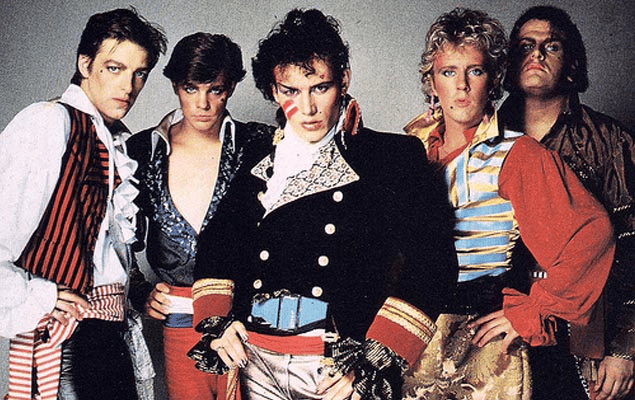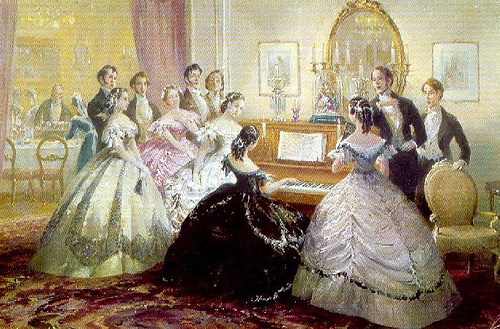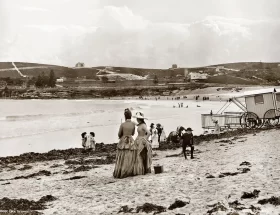By Pauline Weston Thomas for Fashion-Era.com
What Was 1980's New Romanticism?
New Romanticism was a manufactured scene within London nightclubs in the early 1980s.
The posers within the group, often the more creative people who had always been more interested in the sartorial aspects of dressing up than the anarchic statement of punk anti-fashion, looked for new ideas to draw attention to themselves.
Adapted factual or fictional themes and Hollywood glamour were chosen by the New Romantics to make a personal look.
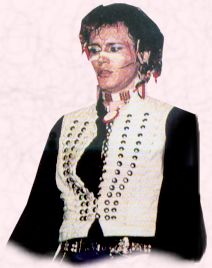
The flamboyant, colourful dramatic look used frills and luscious fabrics associated with historical periods. In contrast to punks the wearers made an effort to look flamboyant in an attractive, luxuriant, beautiful, narcissistic way.
Clubs
London night clubs started to change their format from Friday and Saturday nights as being the only important music nights. The club 'Gossips' in Soho began to do Bowie nights on Tuesdays and then more one night specials for niche tastes.
That set the scene for special one night club evenings throughout London. Narrow tastes could be catered for.
The former punk posers had taken to glamour and romance in clothing and the club venues offered them a chance to show off that glamour at dedicated evenings.
Theatrical ensembles were worn to selected clubs in London such as Blitz and St. Moritz. These were the recognised venues where the romantic movement started.
Designers of New Romantic Clothing
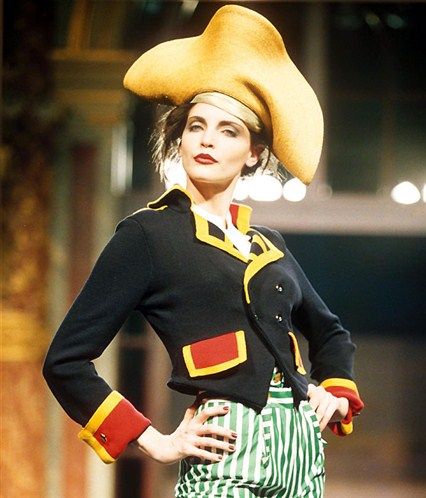
The early designers of the romantic look were Vivienne Westwood, Colin Swift, Stevie Stewart and David Holah.
Westwood began her romantic ideas with adaptations of dandified Regency designs which later she developed into a Pirate look.
She designed especially for Adam and The Ants.
New Romantic Pop Groups
The look rapidly dubbed New Romantics by the media, moved quickly into mainstream fashion and was reinforced by hot chart topping pop groups of the time such as Adam And The Ants, Spandau Ballet, Duran Duran and Visage.
David Bowie, Bryan Ferry and Boy George were all influential singers of the era.
The Swashbuckling Pirate Look
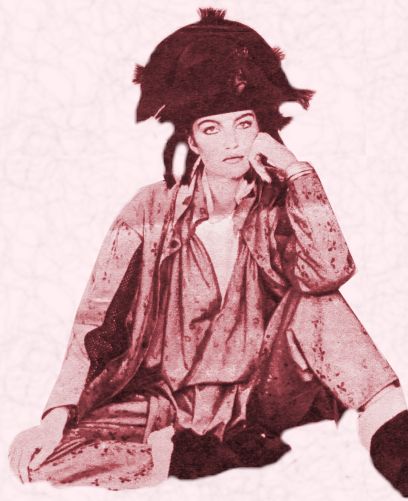
Typical romantic glamour had the swashbuckling style of pirates and buccaneers. Full sleeved frilled pirate shirts were made from luxury fabrics.
Theatrical brocade or hussar style jackets of velvet or silk complete with braiding were copied and appeared on many jackets.
The New Romantic look was intended to be individual, unlike punk which tended to have uniformity.
New Romantics longed for the fantasy of the nineteen thirties and fifties glamour of Hollywood.
Mass Market Effects of the New Romantics
Glamour became a 1980's norm and occasion wear was influenced by the romantic idea of dressing up. Dressing up was in again and filtered every avenue of fashion eventually influencing the world, through media uptake via television soap operas like Dynasty.
Princess of Wales Opts for Romantic Glamour
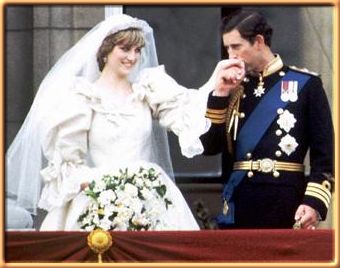
Romantic dressing put a stamp on early 80's clothing especially for occasion wear. The die was cast for the mainstream of mass fashion in the culmination of the wedding clothes of princess Diana, Princess Of Wales with Charles, Prince of Wales.
Photographs of her romantic evening dresses and her wedding dress set the romantic style for full ball gowns for almost a decade.
Return of Occasion Wear
Occasion wear included a return of cocktail dresses and evening suits with flared basque jackets, or Chanel line brocade jackets and just above knee short straight skirts.
Dresses in slinky satins and foulard silks or polyesters were often batwing or with set in sleeves. Both styles had shoulder pads and frequently swathes of fabric were gathered and ruched onto hip bands, with falling silk, crepe de chine or chiffon asymmetric draped swirling skirts.
Lace was popular for evening, especially cream lace bound with cream satin collars. Lace collars made an appearance after being worn by the Princess of Wales. Mohair sweaters were oversized, but covered with lavish beading and satin appliqué they could be worn for evening too.
Highly styled intarsia knit jumpers became fashionable.
Glamorous occasion wear was a reaction and an alternative to the dressing down that was emerging from the wearing of sport and fitness wear as casual wear. The 1980s in particular produced one of the naffest garments of the century.
The garment that still creates hoots of laughter and is often used by television producers to typify elements of the era, was the sports inspired Shell Suit, the least likely outfit you would ever find in the wardrobe of a New Romantic.
However fashion oft repeats itself, bloomers and all. Skip a generation or two and a frilly new romantic inspired shell suit, jump or flying suit might appeal to someone. Already there are collectors of 1980's shell suits.
New Romantic Fashion Summary
New Romanticism emerged as a manufactured scene within London nightclubs in the early 1980s, with posers drawing attention to themselves through theatrical ensembles and adapted themes.
The movement was reinforced by popular chart-topping pop groups like Duran Duran, Spandau Ballet, and Adam and The Ants. The look was individualistic, unlike punk, and featured the swashbuckling pirate style with frilled pirate shirts, hussar-style jackets, and luxurious fabrics.
This movement also influenced the mass market, with occasion wear and glamorous dressing becoming the norm, as seen in the wedding gown of Princess Diana.
The trend also saw a return of cocktail dresses, evening suits, lace, and mohair sweaters with lavish beading and satin appliqué. Despite the era producing some of the naffest garments in history, there is already a growing collector's market for 1980s shell suits.
